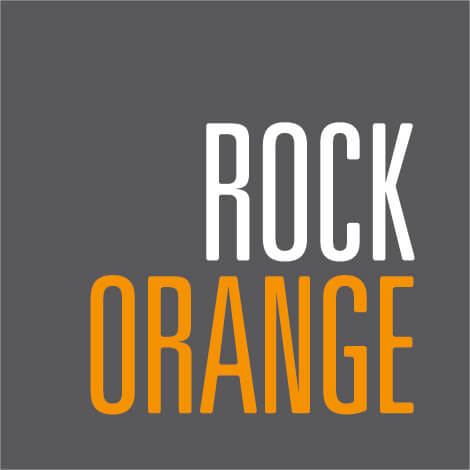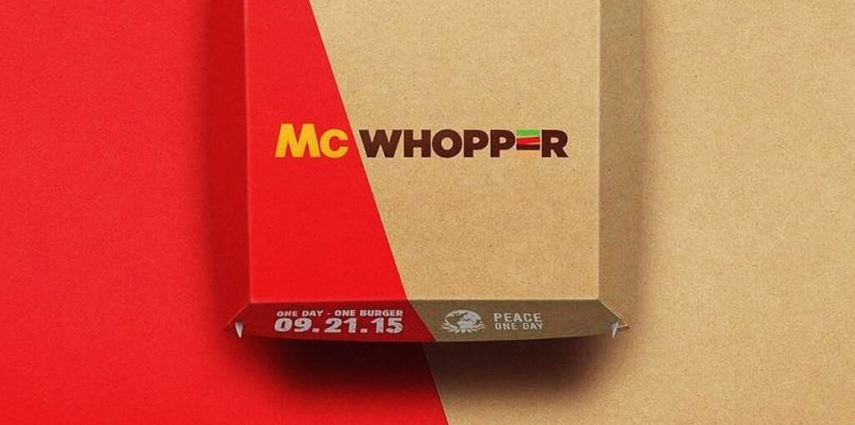
“Tell me and I forget. Teach me and I remember. Involve me and I learn.”
– Benjamin Franklin
Ever hear of “labeling theory”? In social psychology, it’s associated with concepts like self-fulfilling prophecy and stereotyping—and while these may have mostly negative applications in real-world conversations around social deviance, labeling theory has a simple premise that leads our strategic approach to employee enrichment:
If Sara sees Johnny and thinks, “Johnny’s such a great leader”, then when Sara interacts with Johnny, she’s going to treat him as such—likely admiring his accountability, decisiveness, inspiration and confidence (you know, the stuff of great leaders). Then, when Johnny picks up on how Sara treats him, he will likely react in ways that align with Sara’s expectations. And the two go back and forth, reinforcing Sara’s assumptions and Johnny’s behavior.
So, we asked ourselves, what kinds of traits do we want to label our team members with here at RockOrange so they grow to embody those characteristics and build an organic, FRESH work culture? The answer came right to us over enchiladas and Coronas at SXSW in Austin, TX earlier this year:
• We want them to be leaders and innovators.
• We want them to feel and act like owners.
• We want them to create fresh ideas and feel they are in a safe environment to share and grow those ideas.
• We want to create a system that keeps them up to speed on the latest trends, tools and resources, and updates in agency processes and capabilities.
• We want to equip them with the information they need to be the badass marketers we want them to be.
But how do we do this? We decided to take ‘em back to good ol’ university. That is, we chose to figuratively relive the classroom setting: hosting captivating public presentations built collectively using the “team project” approach (except everyone participates; if you were that person in college that ducked out of your group project and did jack, you can’t sit with us), listening and learning, asking questions, participating in meaningful conversations, and sure… enjoying the occasional (ahem, daily) celebratory libation after class.
Welcome to “RockU” — a 20-week program filled with “snackable” 30-minute and in-depth one-to-two hour courses and sessions every couple of weeks. “RockU” focuses on further developing our RockStars to help them reach their highest potential as communications professionals by tapping expert team members in multiple focus areas to educate the team. Basically, we encourage them to “share the knowledge” with the rest of us, because well… duh.
With complex project timelines, demanding clients, and varying RockStar schedules, getting everyone in a room for an hour is definitely a challenge, but where there’s a will, there’s a Grace! (Damn, I miss that show.)
We’re approaching week seven in our program and, as Dean of “RockU”, I’m happy to report overwhelming participation and positive reviews for each of the sessions so far. While there is room for improvement (there always is), I know the program is working because the guts and glory of the agency, our RockStars, lead it. From leadership members to FOOCs (fresh out of college), these guys are creating meaningful, interactive sessions around topics like Research and Data, Project Planning, and Productive Brainstorming that are setting and raising the bar for what the “RockOrange Way” is.
We collect anonymous feedback after each session and here are some of my fave:
What was your favorite part of the session?
“Understanding that our clients are constantly evolving.”
“Learning about new communications trends that affect the way we interact with our clients.”
“I enjoyed the Kim Kardashian analogies.”
“The successful, real world examples of how the proposed research method worked.”
“Learning the workflow for the department and how it affects my role here.”
“Free smores.”
Check out our “RockU” course schedule below and share your thoughts with us on session and program suggestions! Get at me here so we can challenge the team with new topics and continue to raise the bar (and have post-class cocktails). And let us know if you’re interested in becoming our next RockStar… we’re always looking for great talent.

Until then, happy learning!
Stefanie Arufe
Business Development Manager and “RockU” Dean
![RO_KraveWall-063[5]](https://rockorange.com/wp-content/uploads/2017/03/RO_KraveWall-0635-300x287.jpeg)










